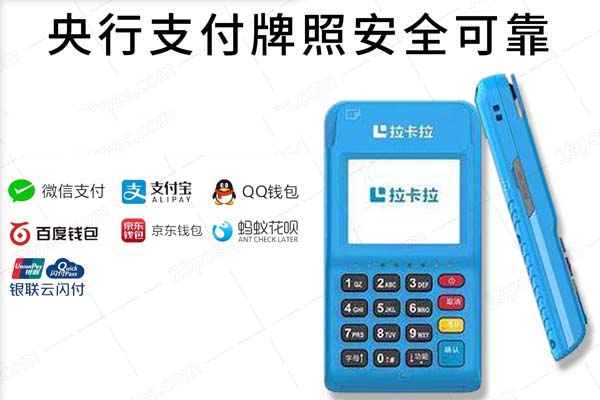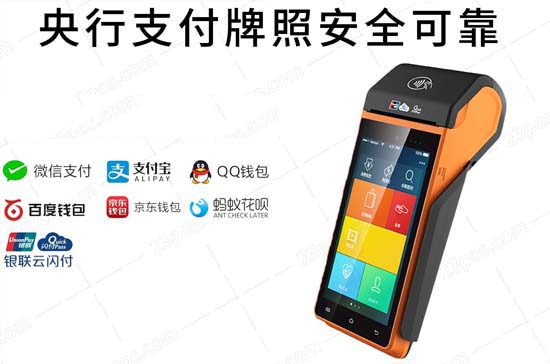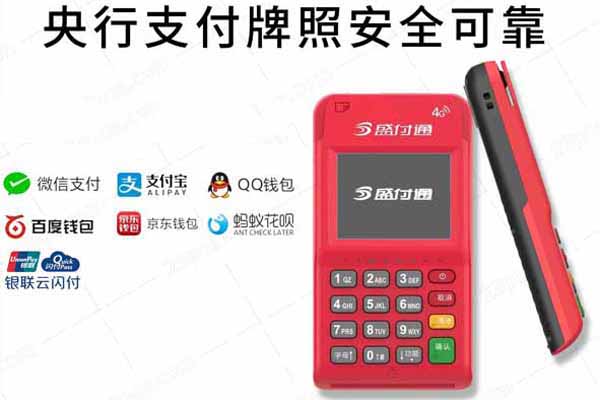POS机刷ka卡处翻译英语及相关分析

.POS机刷ka卡处可翻译为英文"POS machine for swiping ka cards"。"POS机"是"Point of Sale machine"的缩写,指的是销售点终端机,"刷ka卡"指的是使用银行ka卡等支付卡进行支付的行为。"POS机刷ka卡处"指的是在销售点终端机上进行银行ka卡支付的地方。这种支付方式在现代商业中广泛应用,方便快捷,也提高了交易效率。
什么是POS机刷ka卡处?
POS机刷ka卡处是指商场、超市等零售场所安装的一种电子支付终端设备,用于接受银行ka卡等支付卡进行消费支付,英文可以翻译为“Payment by POS Machine”。
如何办理银联POS机?
办理银联POS机通常需要向银行或第三方支付机构提出申请,申请人需准备相关营业执照、身份F证等证明文件,办理流程一般包括填写申请表、提交资料审核、签订合同、安装培训等步骤。
银联POS机官网是什么?
银联POS机官网是中国银联股份.旗下的官方网站,提供关于银联POS机的办理、使用、维护等相关信息和服务。
POS机的手续费率是多少?
POS机的手续费率因不同银行、不同行业、不同交易类型而有所差异,手续费率会根据商户的行业类型、交易金额等因素进行浮动,具体费率需与收款银行或支付机构协商确定。
POS机品牌排名及特点
市场上常见的POS机品牌有银联、和融通、拉卡拉等,银联POS机作为国内领先的支付品牌,具有安全可靠、功能齐全、操作便捷等特点,其他品牌也有自己的优势和特色,如和融通POS机支持多种支付方式,拉卡拉POS机具有智能匹配营销功能等。
六、关于POS机刷ka卡处的英语表达及其他相关术语
1、POS机刷ka卡处英文表达为“Point of Sale Terminal”。
2、第三方支付机构英文表达为“Third-party Payment Institution”。
3、电子支付英文表达为“Electronic Payment”。
4、手续费率英文表达为“Transaction Fee Rate”。
POS机刷ka卡处是零售场所接受银行ka卡支付的终端设备,办理银联POS机需向银行或第三方支付机构申请,银联POS机官网提供相关信息和服务,POS机的手续费率因多种因素而异,品牌众多,各具特色,了解相关英语表达有助于更好地融入国际支付市场。
Title: Translation of "POS" at the Pos Machine Card-Swiping Location
Introduction:
The translation of "POS" (Point of Sale) at the card-swiping location is crucial for international merchants and customers. The term is often used in conjunction with the purpose of the machine, such as a cash register or a payment terminal. In this article, we will discuss the translation of "POS" from multiple perspectives, including its application, requirements, branding, and transaction fees. We will also provide an example of how to translate "POS" at the card-swiping location and answer common questions related to it.
1、Application of "POS"
When translating "POS," it is essential to consider the context in which the machine is being used. For instance, if you are translating for a cashier who uses the machine for basic transactions like sales and purchases, you might use "POS." However, if you are translating for a customer service representative who handles more complex transactions, such as recurring payments or online billing, you might use "POS system."
2、Requirements for "POS"
When translating "POS," it is important to consider the specific requirements of the machine's functionality. For example, if the machine requires a PIN code to authorize transactions, you may need to translate "POS" as "point of sale with PIN." Similarly, if the machine supports mobile payments, you may need to translate "POS" as "point of sale with mobile payment support."

3、Branding of "POS"
When translating "POS," it is important to consider the branding of the machine. For example, if the machine is from a well-known brand like Walmart or Target, you may need to translate "POS" as "Walmart Point of Sale" or "Target Point of Sale." On the other hand, if the machine is from a less well-known brand, you may need to translate "POS" as "local point of sale."
4、Transaction Fees of "POS"
When translating "POS," it is important to consider the transaction fees associated with the machine. For example, if the machine charges a flat fee for each transaction, you may need to translate "POS" as "flat-fee point of sale." If the machine charges a percentage of each transaction, you may need to translate "POS" as "percentage-based point of sale."
Example:
Suppose you are translating "POS" at a grocery store checkout. You might translate it as "Grocery Store Point of Sale" or "Grocery Store Point of Sale with Mobile Payment Support." If the machine requires a PIN code to authorize transactions, you may need to translate it as "Grocery Store Point of Sale with PIN." If the machine supports mobile payments, you may need to translate it as "Grocery Store Point of Sale with Mobile Payment Support."
Conclusion:
Translating "POS" at the card-swiping location is crucial for ensuring that customers and merchants have accurate and clear information about the machine's capabilities and usage. By considering the application, requirements, branding, and transaction fees when translating "POS," you can provide a comprehensive understanding of the machine's function and help ensure that it meets the needs of both parties.





















